Discover the full comparison of stainless vs. non-stick cookware. Learn which is safer, more durable, and best for your cooking style.
Introduction: The Great Cookware Debate
Choosing between stainless steel and non-stick cookware is one of the most common dilemmas for both new and experienced cooks. Each type has its loyal followers and distinct advantages. While stainless steel boasts unmatched durability and professional-grade performance, non-stick cookware offers ease of use and effortless cleanup.
But which one truly belongs in your kitchen? In this comprehensive comparison, we’ll break down everything—from cooking performance and health concerns to long-term value and sustainability—to help you make an informed decision.
What is Stainless Steel Cookware?
Composition and Materials
Stainless steel is an alloy primarily made of iron, chromium (at least 10.5%), and often nickel. The chromium gives it resistance to corrosion, while nickel enhances luster and food safety. Cookware-grade stainless steel is usually 18/10, indicating 18% chromium and 10% nickel.
How It Works
Unlike other cookware, stainless steel isn’t a great conductor of heat on its own. That’s why most high-quality pieces are clad with a core of aluminum or copper, sandwiched between layers of stainless steel. This construction allows for even heat distribution and efficient cooking.
Types of Stainless Steel Cookware
- Single-Ply: Thin, cheap, poor heat distribution.
- Impact-Bonded Base: Aluminum disc bonded to the bottom.
- Tri-Ply or Multi-Ply: Layered throughout for optimal performance.
What is Non-Stick Cookware?
Types of Non-Stick Coatings (Teflon, Ceramic, Hard-Anodized)
- Teflon (PTFE): The most common coating; very slippery but controversial.
- Ceramic: Free of PTFE/PFOA, eco-friendlier, less durable.
- Hard-Anodized Aluminum with Coating: Tougher surface, often combined with non-stick layers.
How Non-Stick Works
The non-stick coating reduces surface friction, allowing food to glide easily, making it perfect for delicate dishes like eggs or pancakes. Less oil is needed, and cleanup is usually a breeze.
Pros and Cons of Non-Stick Surfaces
Pros:
- Easy to use and clean.
- Requires less oil.
- Ideal for low to medium heat cooking.
Cons:
- Shorter lifespan.
- Prone to scratching and peeling.
- Not ideal for high-heat searing.
Cooking Performance: Which One Delivers Better Results?
Heat Retention and Distribution
- Stainless Steel (especially tri-ply and 5-ply) excels at even heat distribution and heat retention.
- Non-Stick heats quickly but unevenly, and doesn’t retain heat well.
Browning, Searing, and Caramelization
Stainless steel wins here. Its ability to handle high temperatures makes it perfect for:
- Searing meats.
- Creating fond for deglazing.
- Caramelizing onions and sauces.
Non-stick pans usually can’t handle high-heat cooking and fail to produce the same browning.
Stick Resistance and Food Release
Non-stick pans excel in food release. Cooking delicate items like fish or crepes? Non-stick is the safer bet. Stainless steel, while not naturally non-stick, performs well once you master preheating and oiling techniques.
Health and Safety Considerations
Is Non-Stick Cookware Safe?
Most modern non-stick cookware is PFOA-free, but PTFE (Teflon) is still widely used. At high temperatures (above 500°F), PTFE can degrade, releasing harmful fumes.
Stainless Steel and Health Risks
Stainless steel is considered safe and non-reactive, especially 18/10 grade. However, minor nickel and chromium leaching may occur under very high temperatures or when cooking acidic foods.
Chemical Exposure: PTFE and PFOA
- PTFE: Safe below 500°F but can break down at higher temperatures.
- PFOA: Previously used in Teflon, now banned in most countries.
Durability and Longevity Comparison
Lifespan of Stainless Steel
- Can last decades with proper care.
- Scratch-resistant and dishwasher-safe.
- Resistant to warping.
Lifespan of Non-Stick Cookware
- Typically lasts 2 to 5 years.
- Coatings wear off or scratch over time.
- Requires gentle cleaning and utensils.
How Each Holds Up Over Time
Stainless steel improves with age, developing a patina that enhances flavor. Non-stick coatings degrade, requiring eventual replacement.
Ease of Use and Maintenance
Cleaning and Care
- Non-Stick: Easiest to clean—just wipe off.
- Stainless Steel: Requires more effort; can discolor or develop stuck-on food.
Dishwasher Compatibility
- Stainless Steel: Dishwasher safe.
- Non-Stick: Handwashing recommended to preserve coating.
Learning Curve for Beginners
Non-stick is more beginner-friendly. Stainless steel takes practice, especially for preventing sticking.
Cost Comparison: Upfront and Long-Term Value
Initial Price Ranges
- Stainless Steel: $150 to $700+ for full sets.
- Non-Stick: $30 to $300.
Replacement Frequency
- Stainless Steel: Rarely.
- Non-Stick: Every few years.
Long-Term Investment Potential
Stainless steel costs more upfront but offers greater lifetime value.
Cookware Compatibility with Heat Sources
Induction, Gas, and Electric Cooktops
- Stainless Steel: Fully compatible, especially if magnetic base.
- Non-Stick: Some are compatible, others not (check label).
Oven Safety
- Stainless Steel: Generally oven-safe up to 500-600°F.
- Non-Stick: Often limited to 350–400°F.
Broiler and Dishwasher Safety
- Stainless Steel: Safe for both.
- Non-Stick: Avoid broiler; handwash preferred.
Environmental Impact and Sustainability
Recyclability and Eco-Friendliness
- Stainless Steel: 100% recyclable and long-lasting.
- Non-Stick: Not easily recyclable; coatings can create waste.
Manufacturing Footprint
Non-stick cookware (especially Teflon) has historically had a higher environmental cost, though newer regulations have reduced this impact.
Use Case Scenarios: When to Use What
Best for Beginners
- Non-Stick: Easier for learning basics without frustration.
- Stainless Steel: Better once you’ve developed technique.
Best for Gourmet and Advanced Cooking
- Stainless Steel: Allows for versatile, high-heat cooking and deglazing.
- Non-Stick: Limited to low/medium heat recipes.
Everyday vs. Specialized Meals
- Use non-stick for breakfast (eggs, crepes) or quick stir-fries.
- Use stainless steel for complex dishes, sauces, meats, and batch cooking.
Expert Opinions and Chef Preferences
What Professional Chefs Prefer
- Over 90% of professional chefs prefer stainless steel for its control, durability, and performance.
- Non-stick is often used only for specific tasks like omelets or delicate fish.
Home Cooks and User Reviews
- Home cooks appreciate non-stick for convenience, especially for quick meals.
- Experienced home chefs gravitate toward stainless steel for its longevity and versatility.
Side-by-Side Comparison Table: Stainless vs. Non-Stick
| Feature | Stainless Steel | Non-Stick Cookware |
|---|---|---|
| Durability | 10/10 – Lasts for decades | 5/10 – Wears out in 2-5 yrs |
| Cooking Performance | Excellent at high heat | Great for delicate foods |
| Ease of Use | Requires skill | Very beginner-friendly |
| Health Safety | No coatings to degrade | PTFE concerns at high heat |
| Maintenance | More cleaning effort | Quick cleanup |
| Oven Safety | High-temp oven safe | Limited oven temp range |
| Induction Compatible | Yes (check base) | Sometimes |
| Environmental Impact | Low – Recyclable | Higher – Coatings degrade |
| Cost | Higher upfront | Lower upfront |
Frequently Asked Questions
Q1: Can I use metal utensils on stainless or non-stick cookware?
Stainless steel: Yes. Non-stick: No, use wood or silicone to avoid scratching.
Q2: Is stainless steel harder to clean than non-stick?
Yes, but it’s dishwasher-safe and can be scrubbed without damage.
Q3: Which one is better for searing meat?
Stainless steel. It holds heat better and creates a crisp sear.
Q4: Are all non-stick coatings toxic?
No. Most modern non-stick pans are PFOA-free and safe when used properly.
Q5: Can stainless steel leach metals into food?
Minimal amounts under extreme conditions; generally considered safe.
Q6: Which cookware is better for a beginner cook?
Non-stick is easier to manage for beginners due to its forgiving surface.
Conclusion: Which One Should You Choose?
If you’re looking for long-term performance, versatility, and professional results, stainless steel cookware is your best bet. It requires some practice, but rewards you with durability and reliability for life.
If you value ease of use, quick cleanup, and cooking lighter meals, non-stick cookware offers convenience at a lower cost—perfect for casual and beginner cooks.
Best of both worlds? Keep both types in your kitchen and use them where they shine.
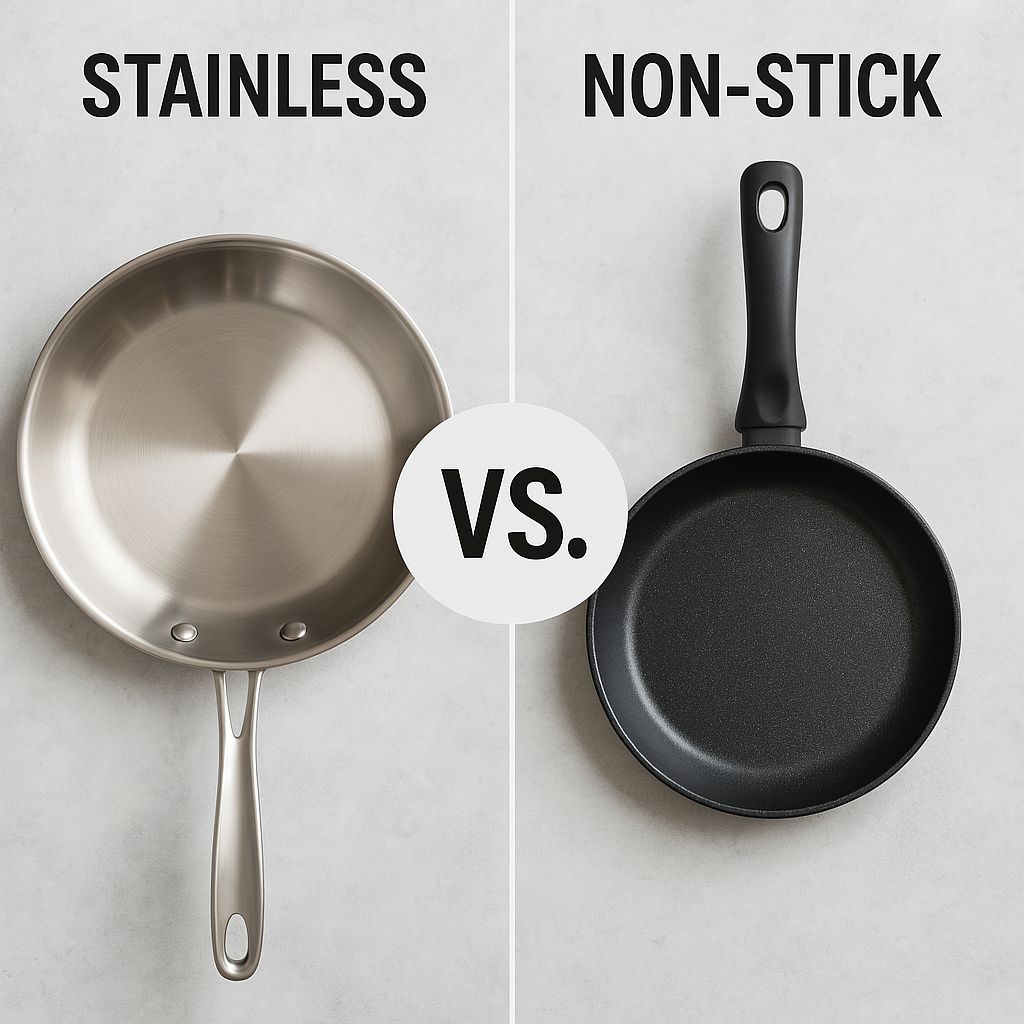

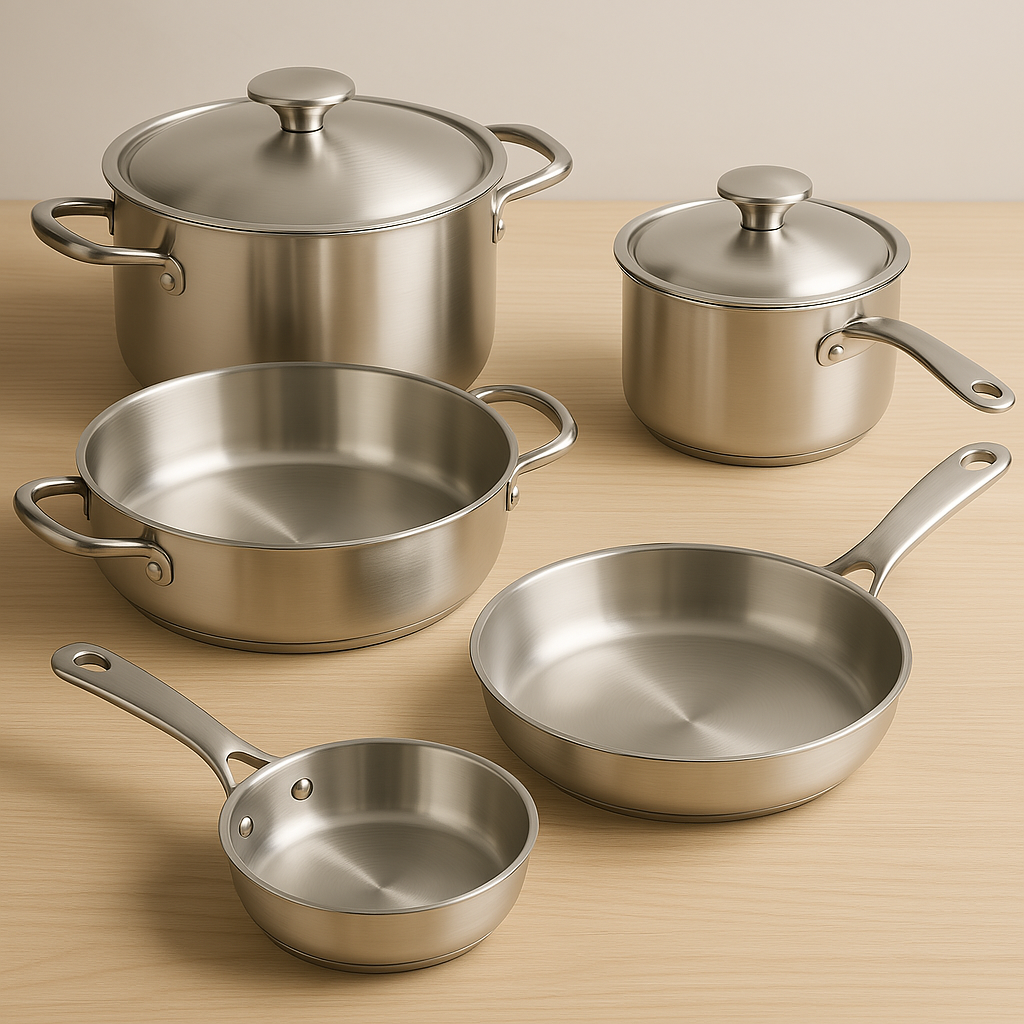
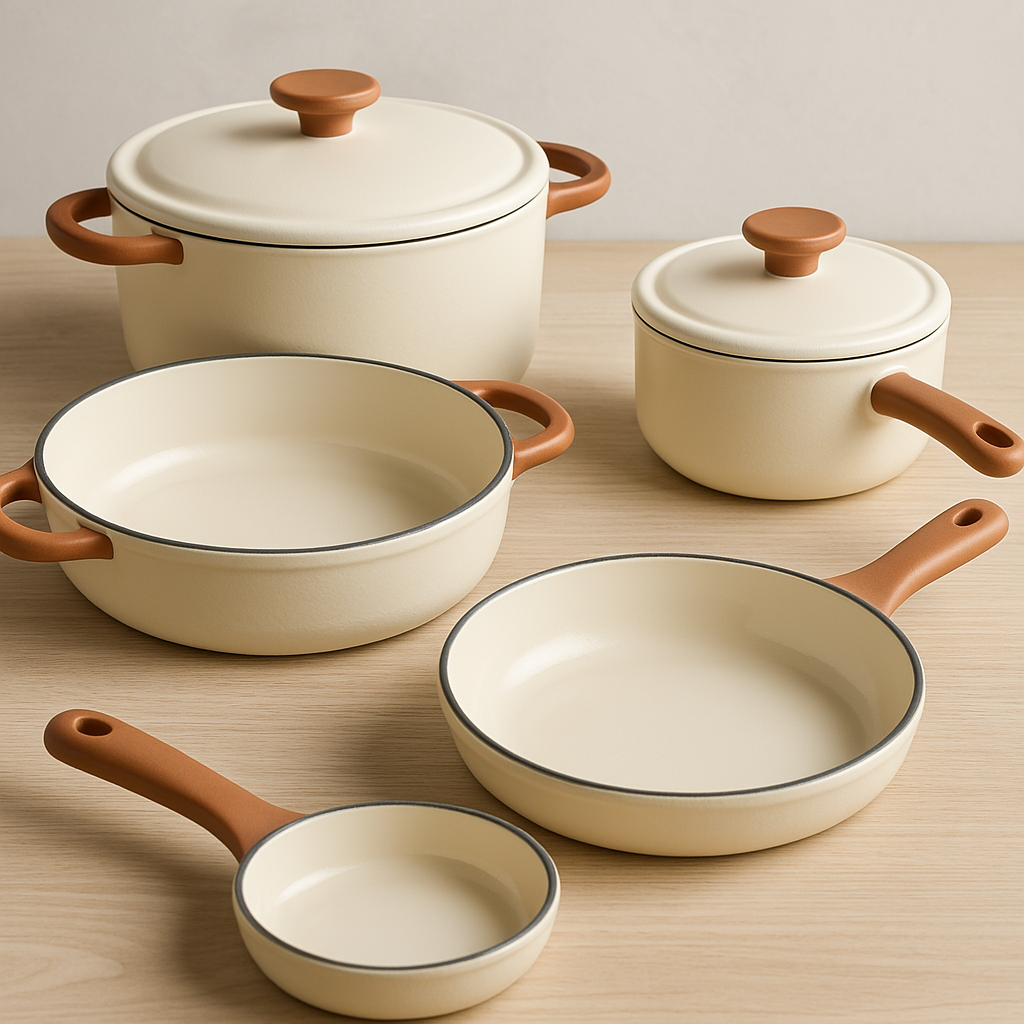
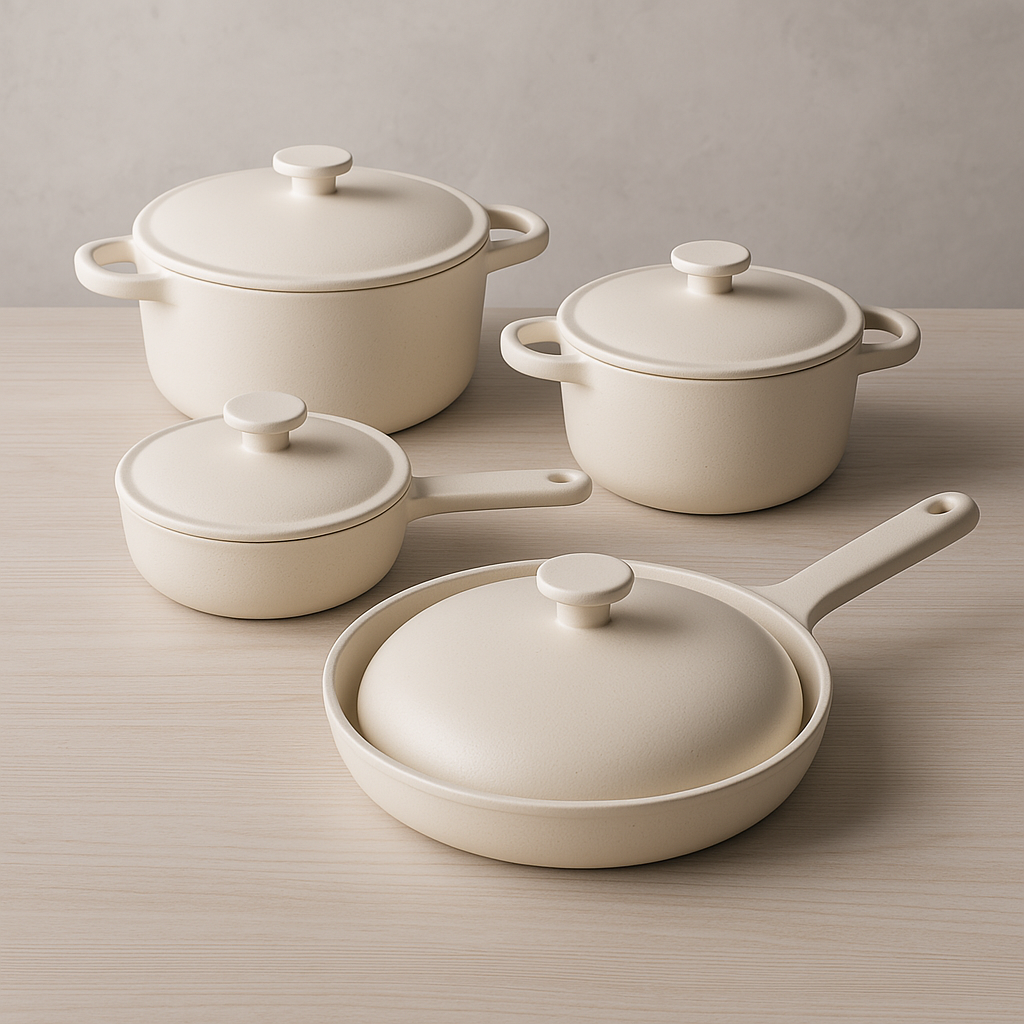
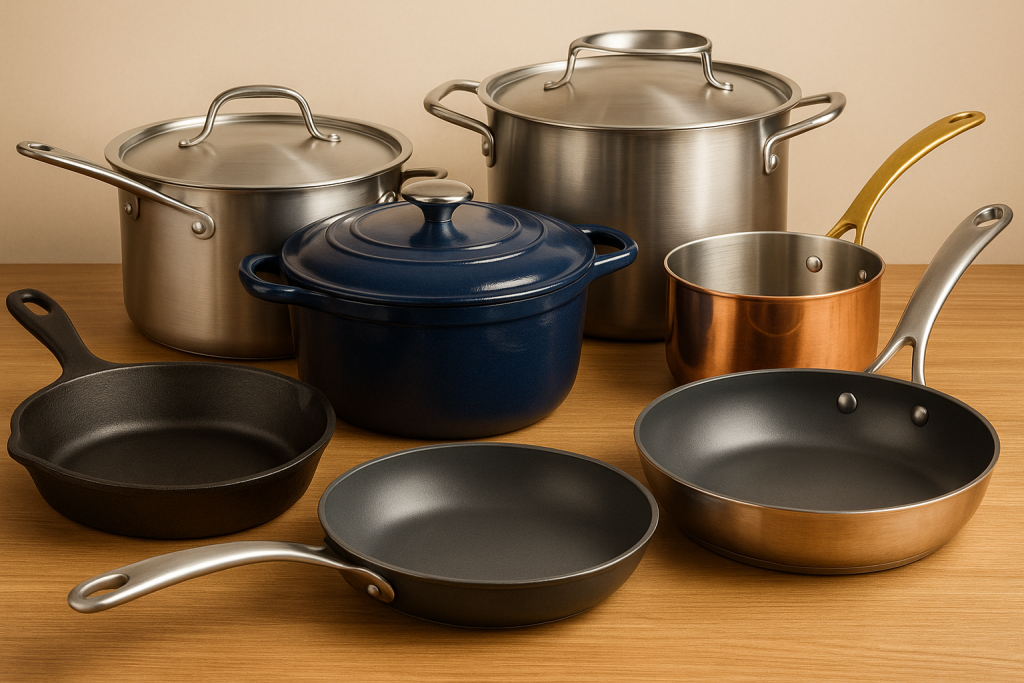
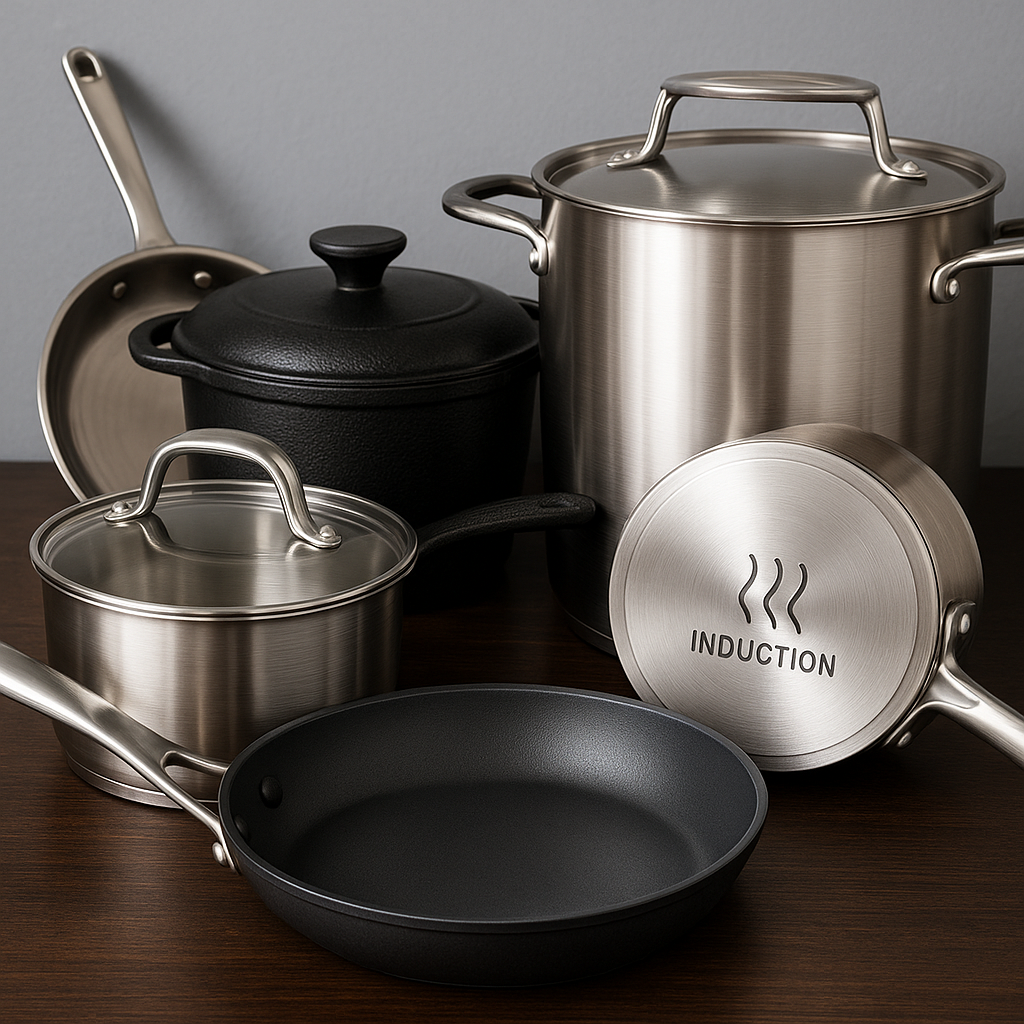
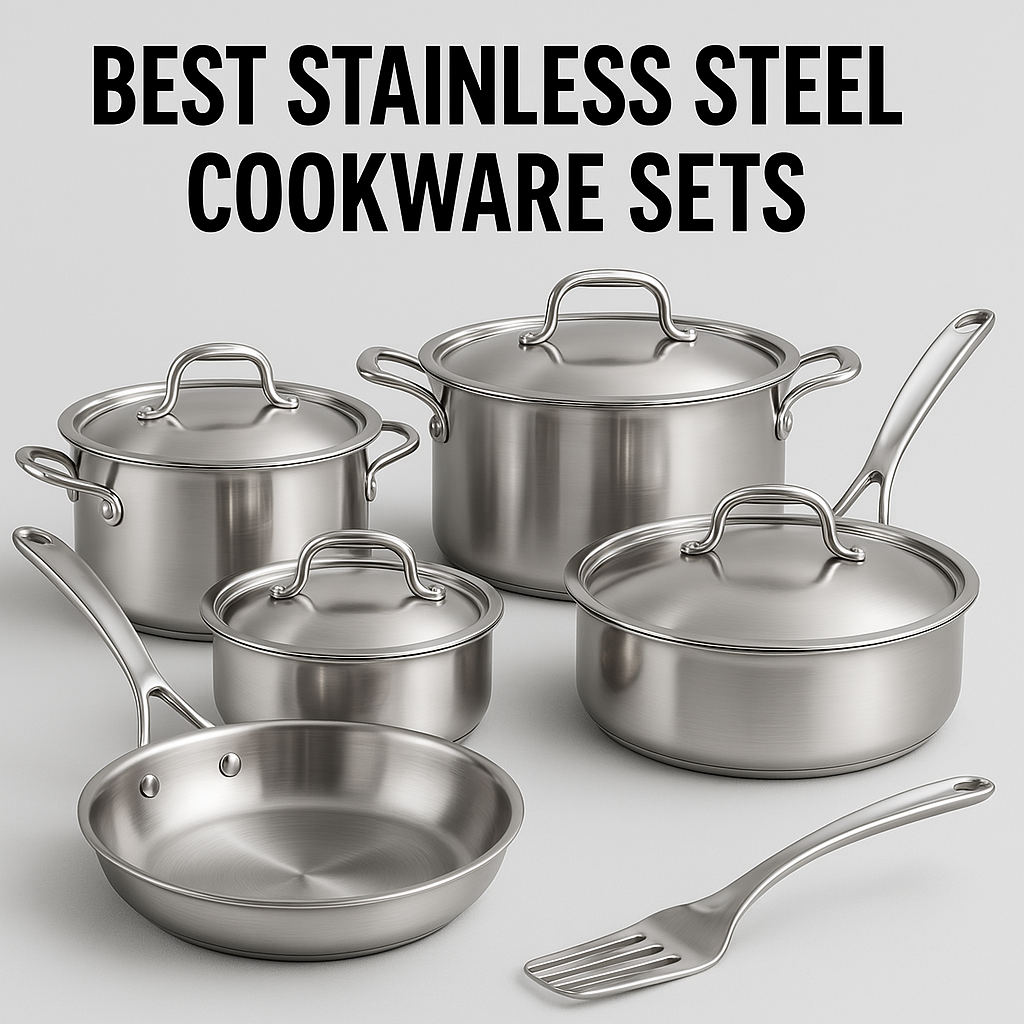
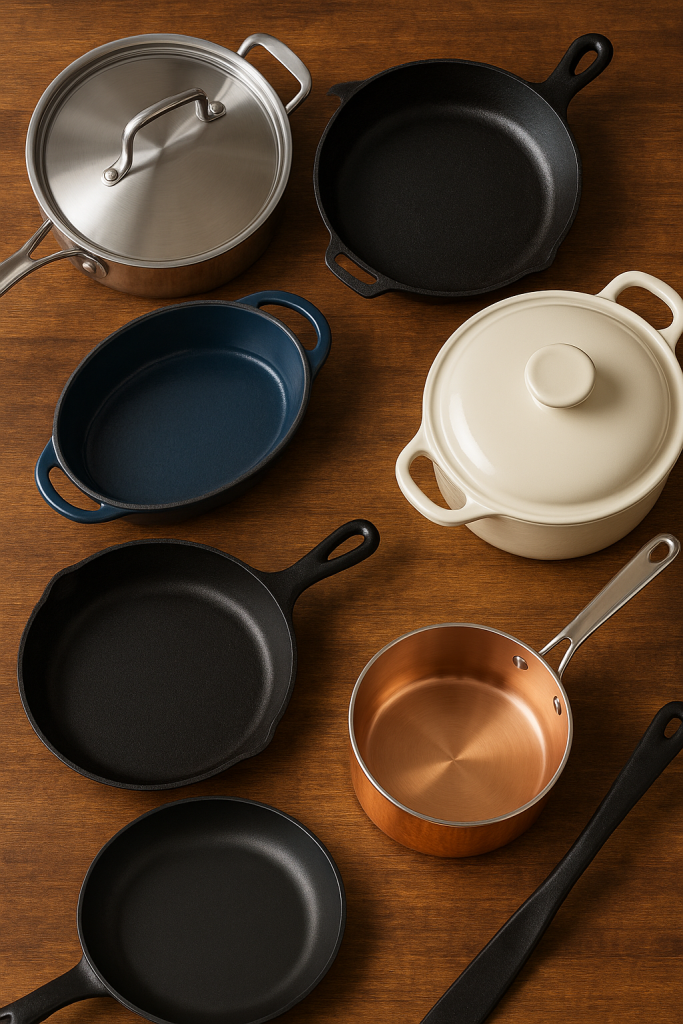
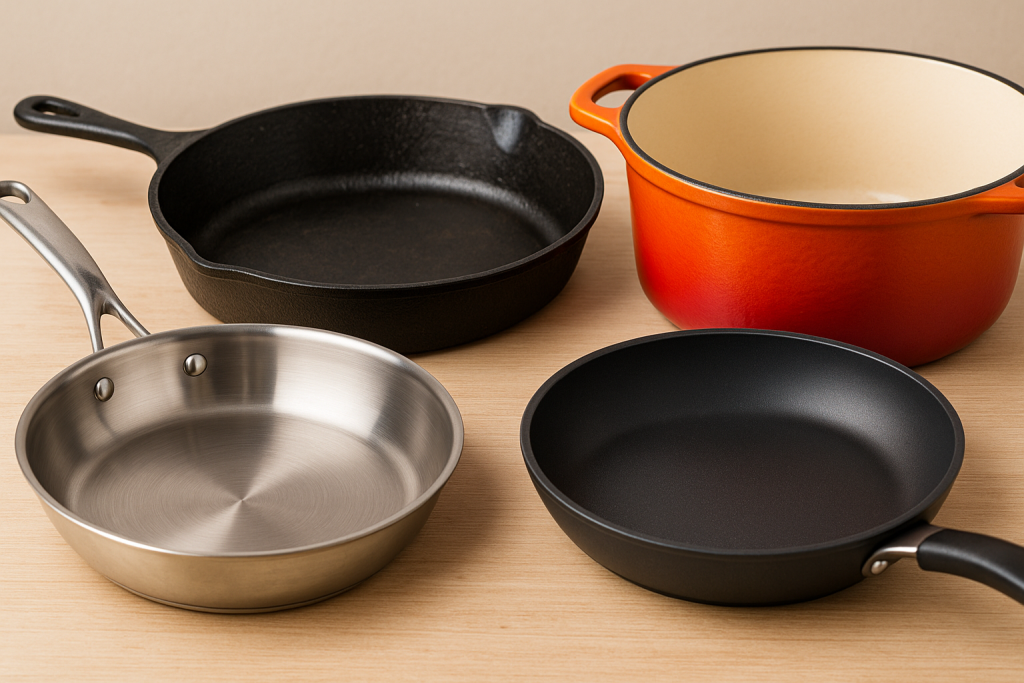
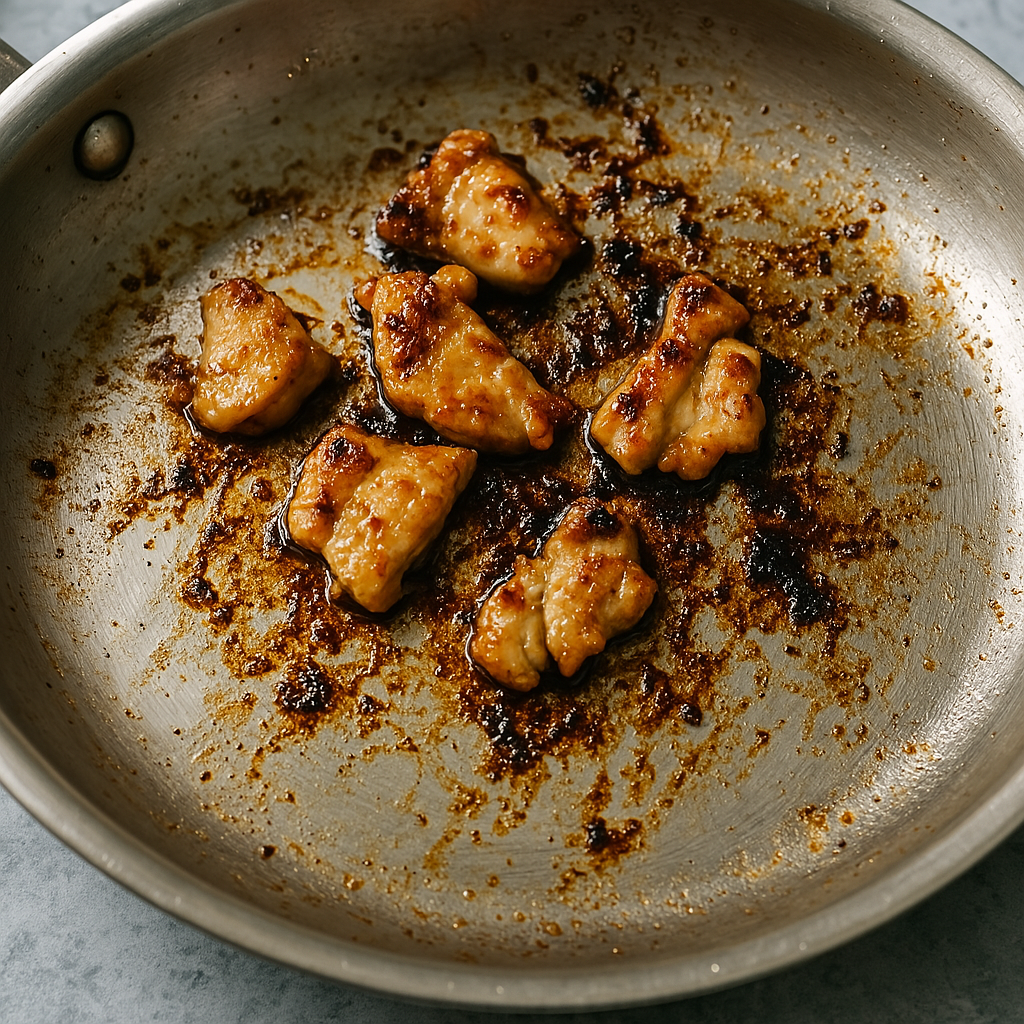
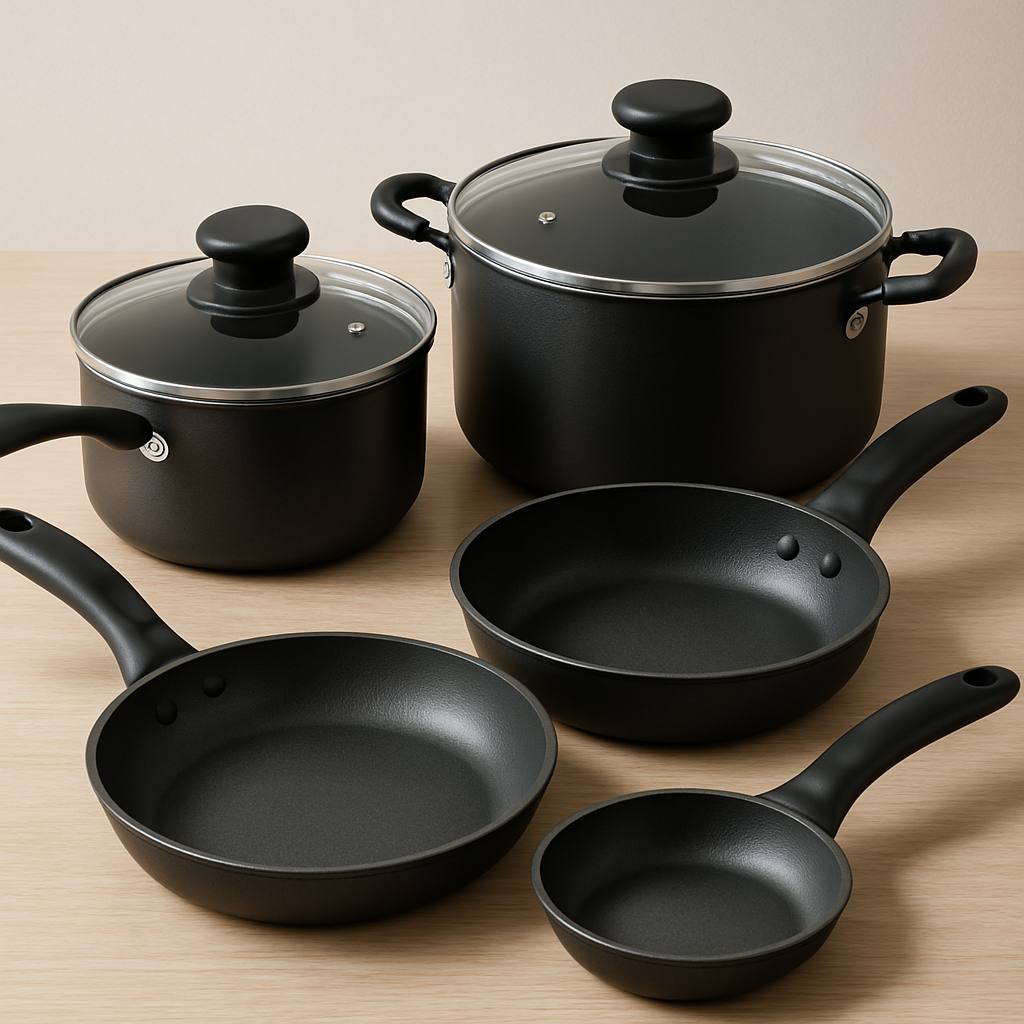
Leave a Reply